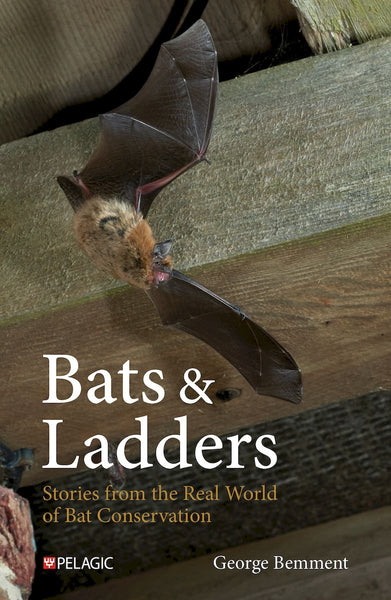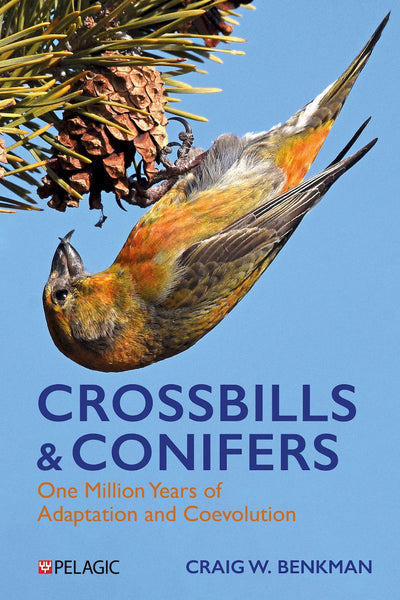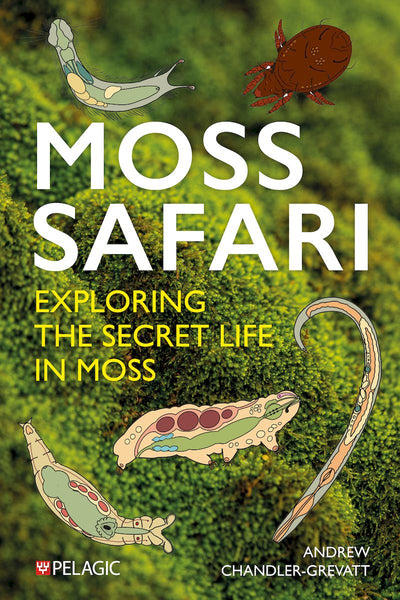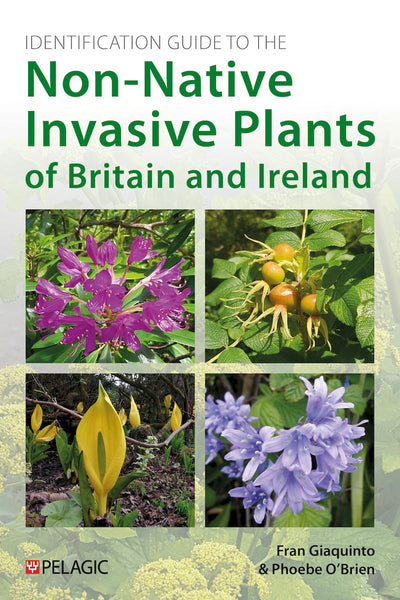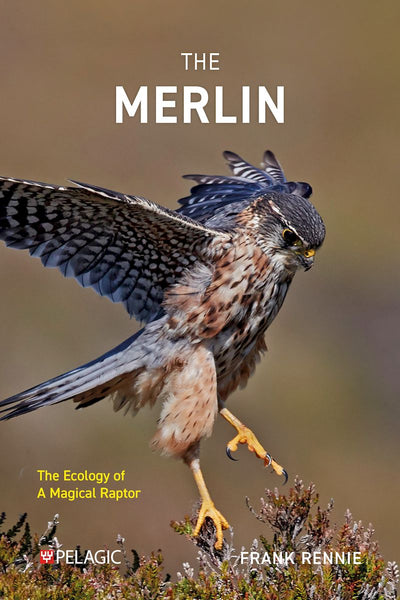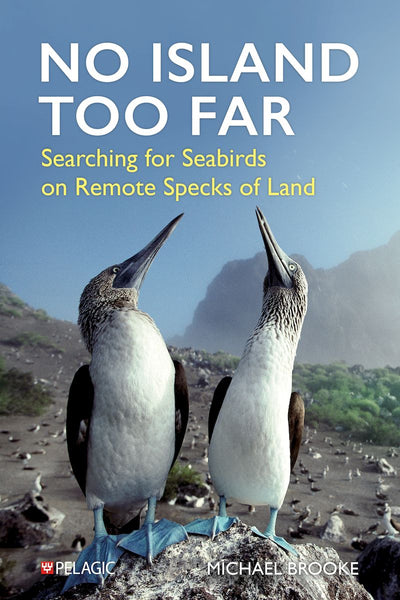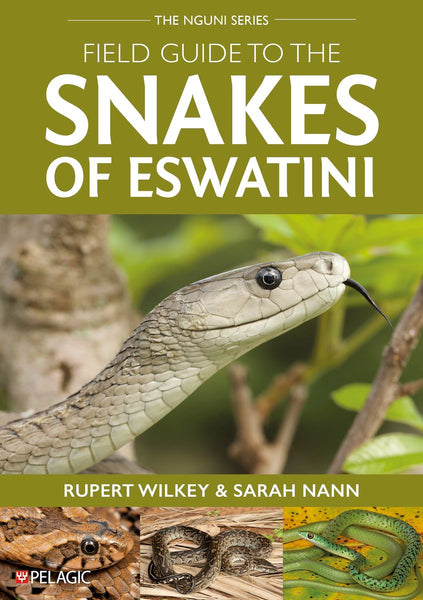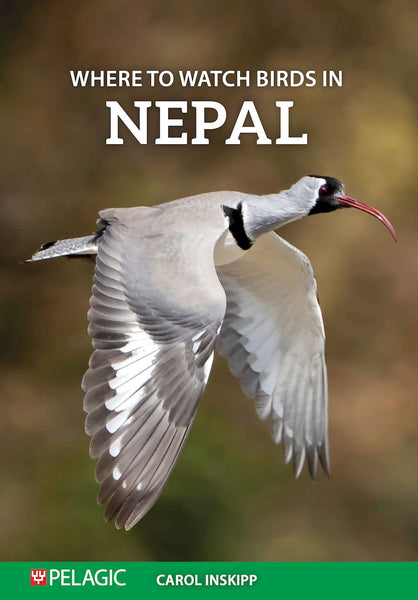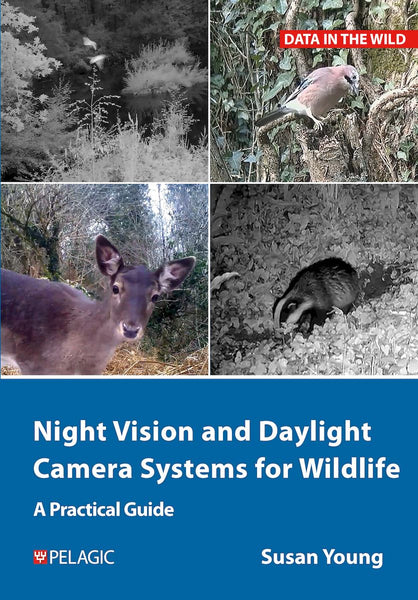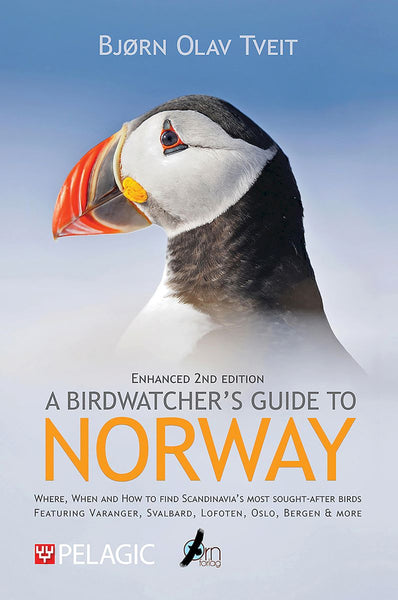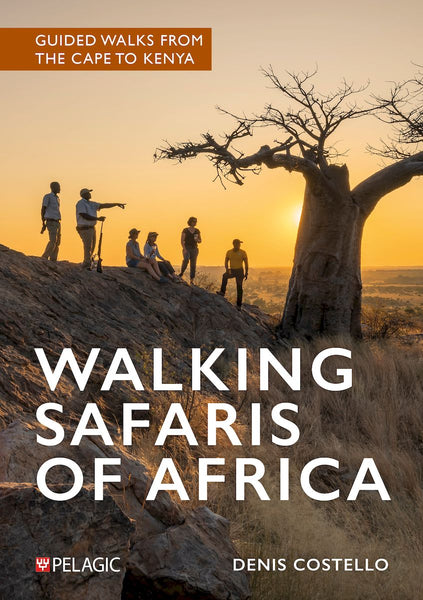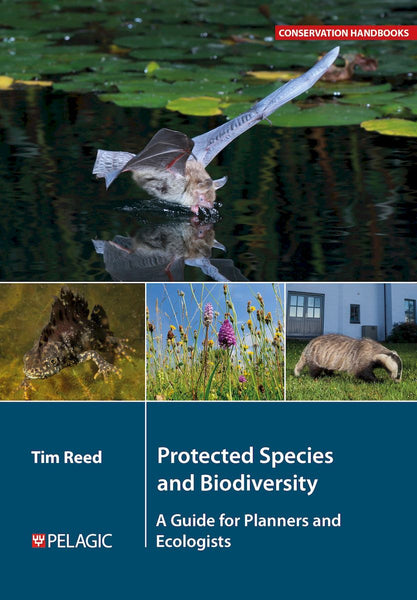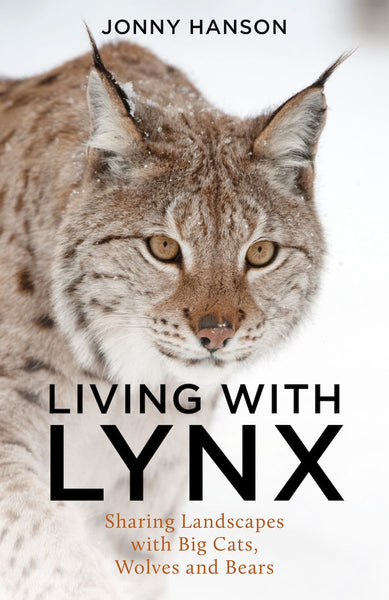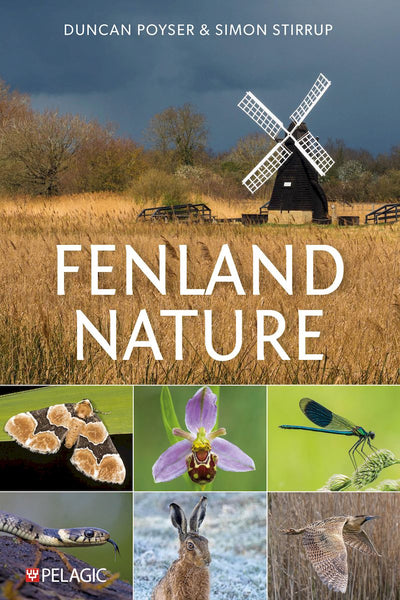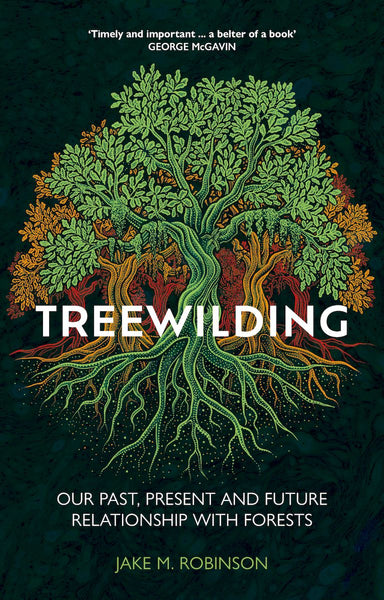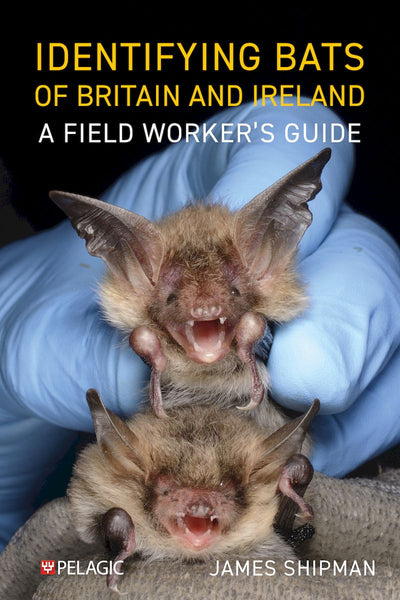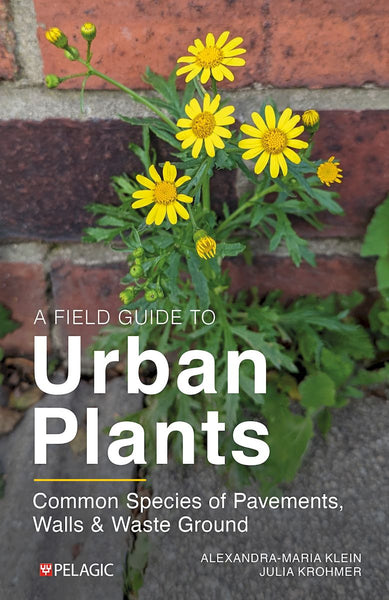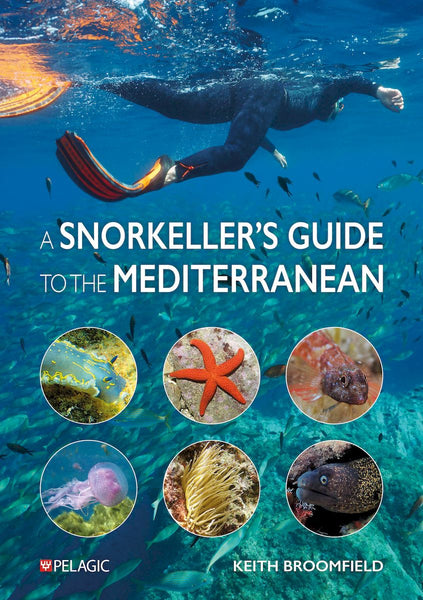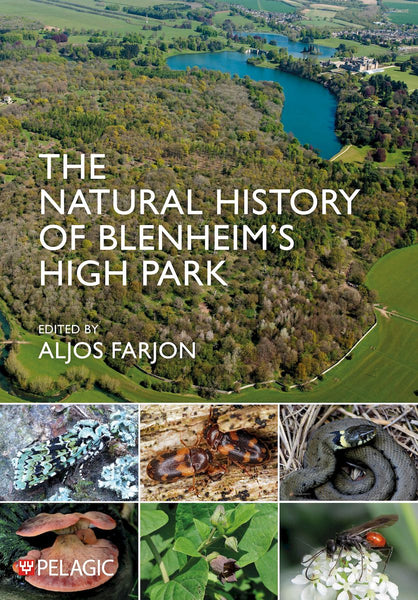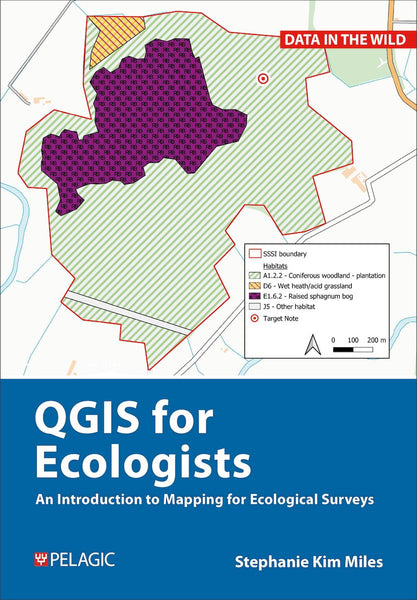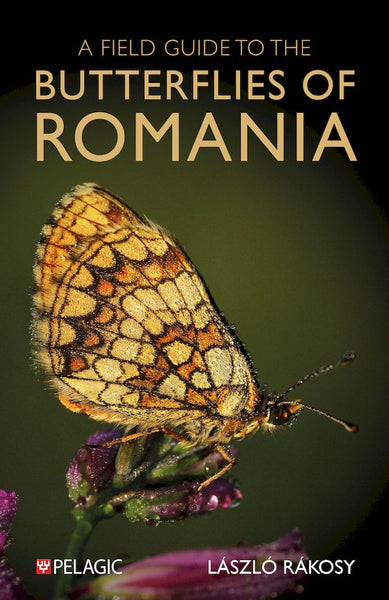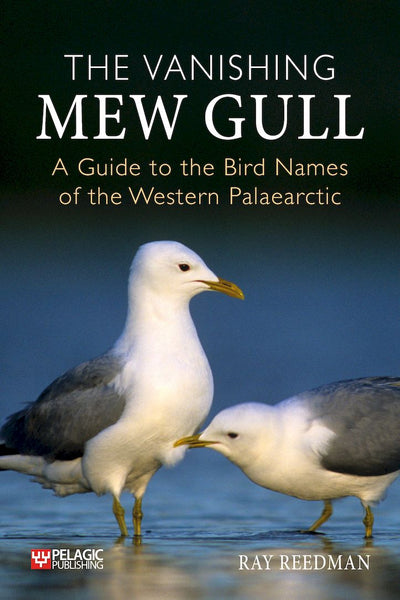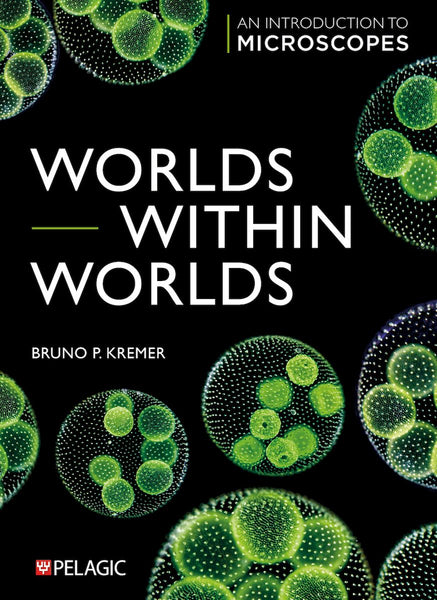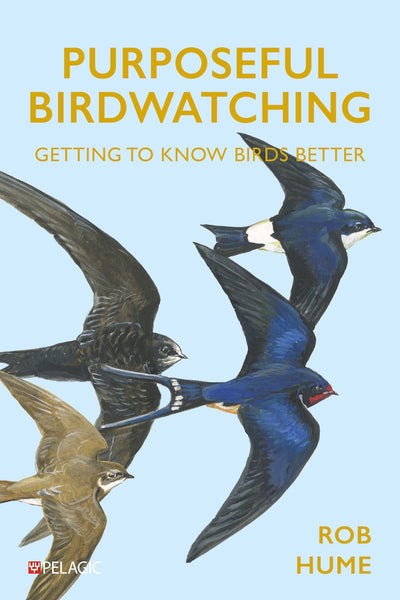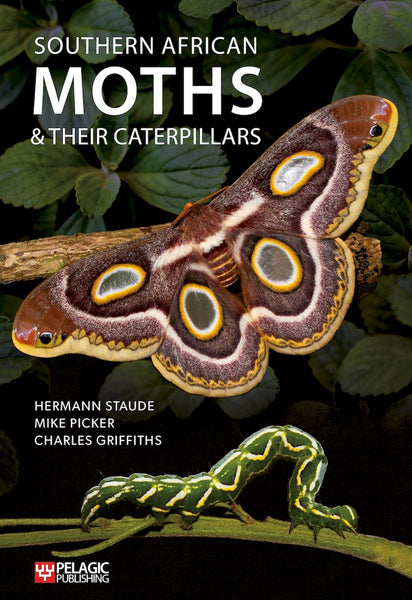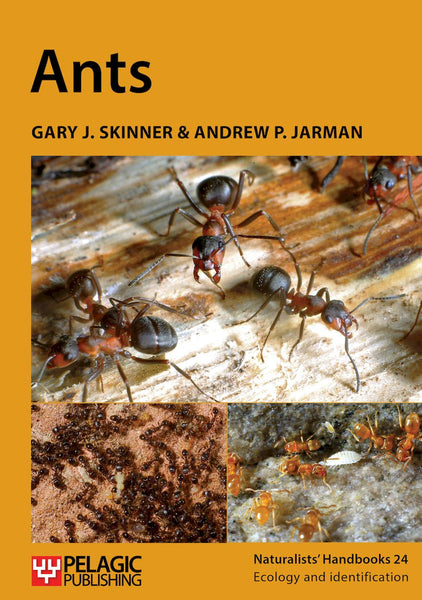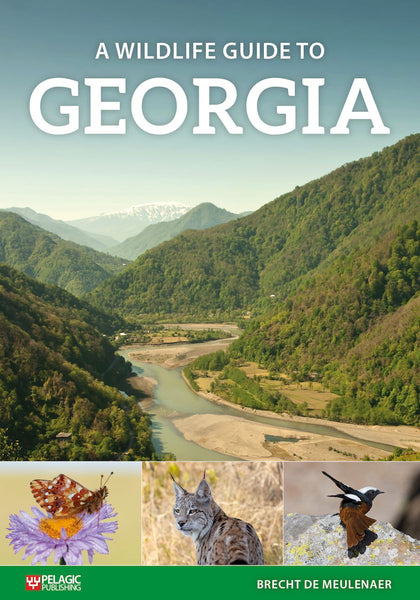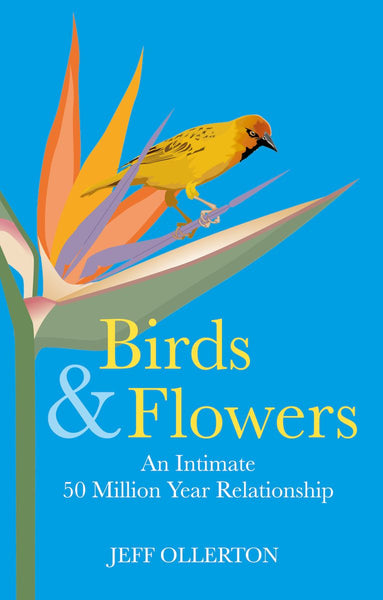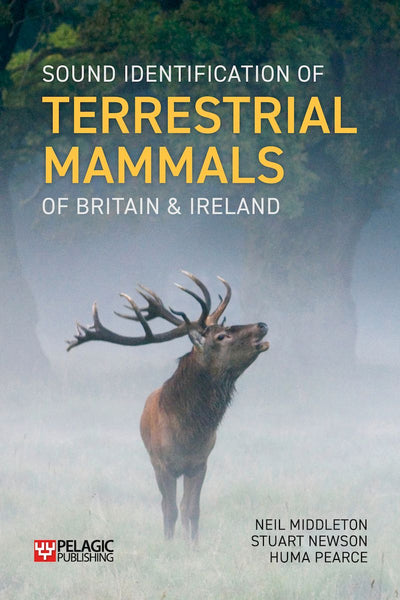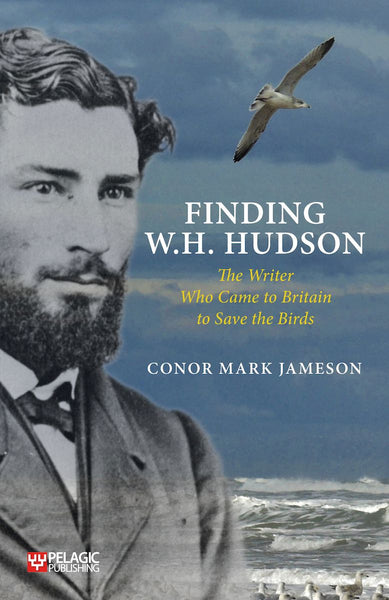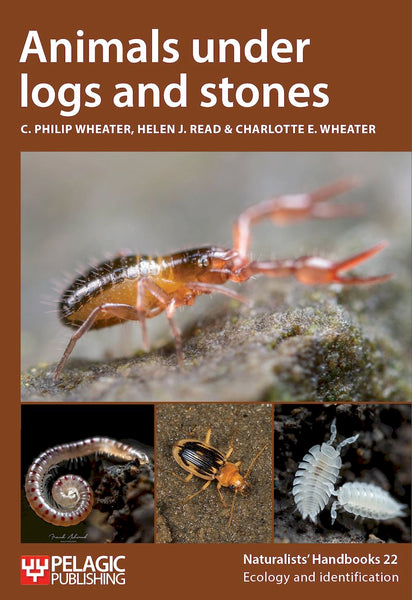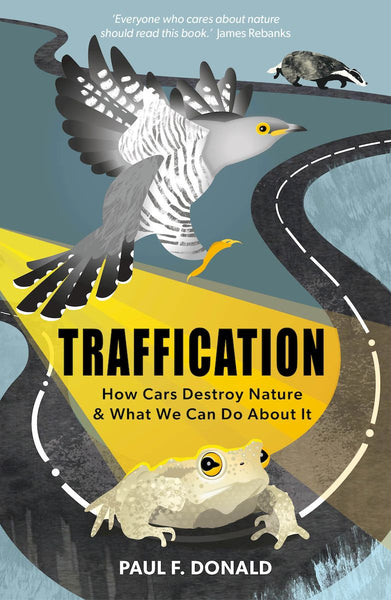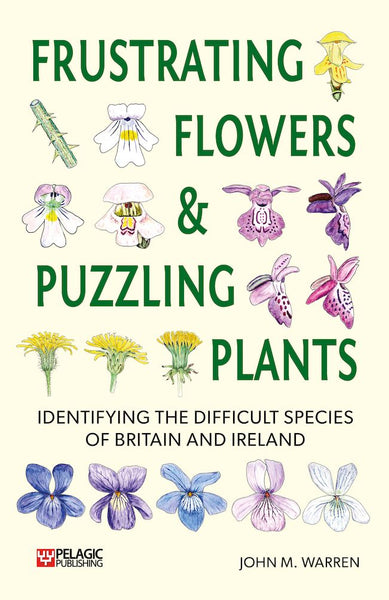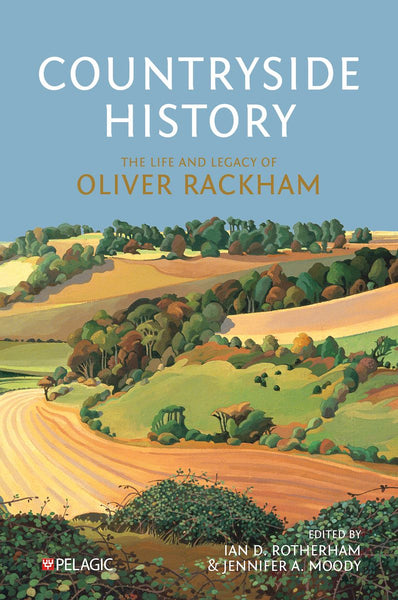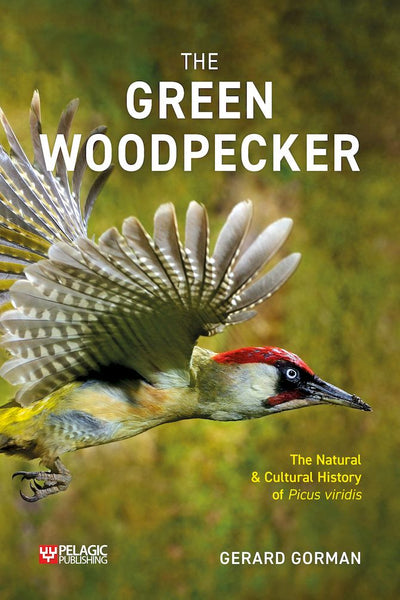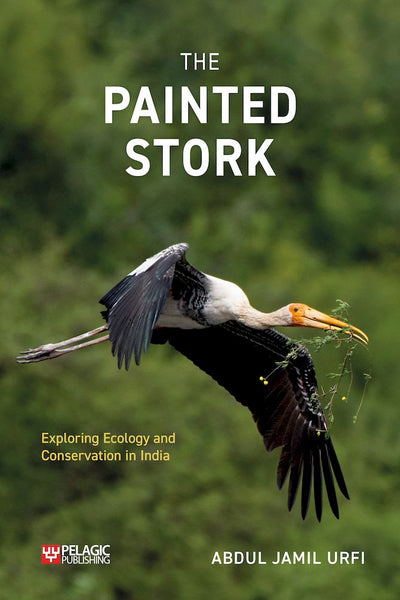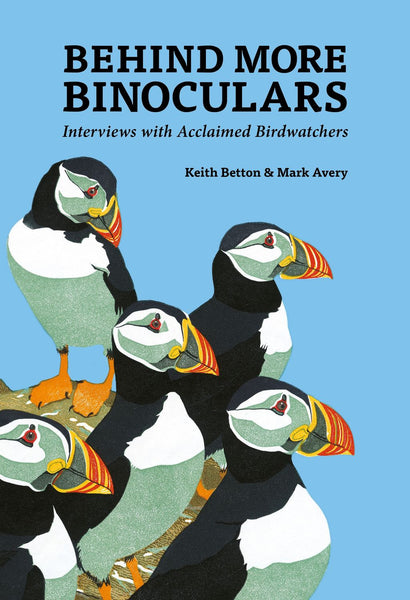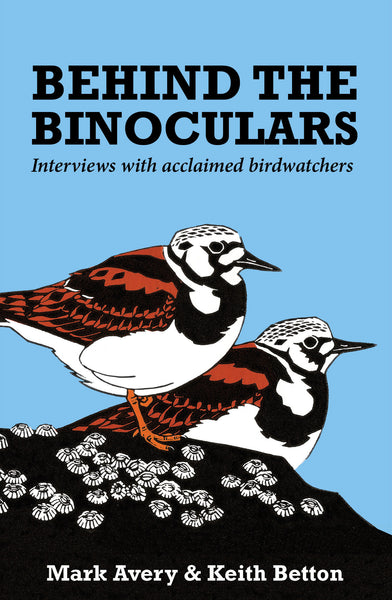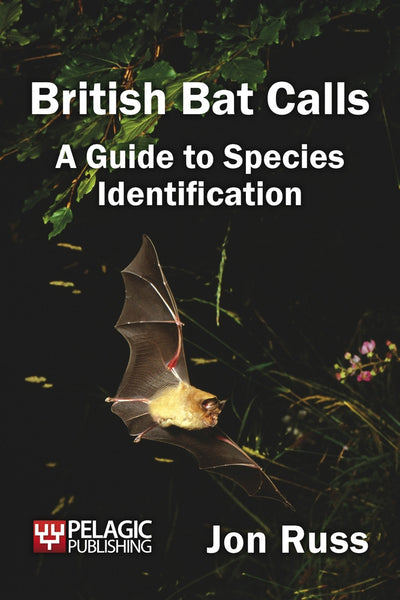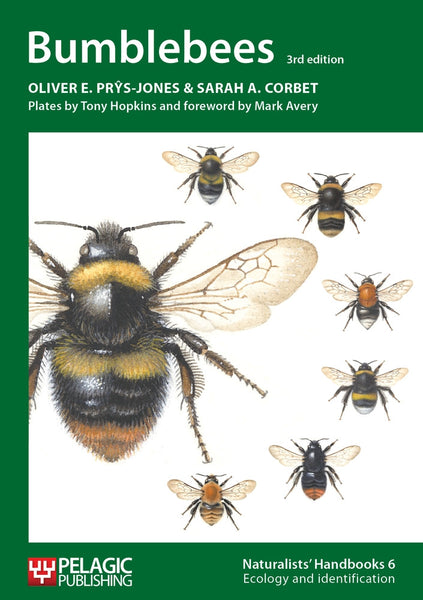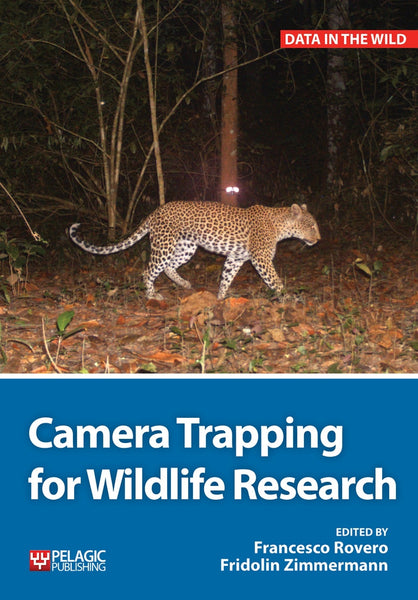This week we published Essex Rock by Ian and Ros Mercer. Here the authors share the best geological spots to visit in Essex and reveal the secrets they unearthed while researching and writing their book.
When did your fascination with geology first begin?
For Ian it was a mountain-walking holiday on the Isle of Arran during his teens that really triggered his desire to know about the evolution of the landscape and the reasons for the variety of different rocks. For Ros, it was finding interesting pebbles on the beach in the Isle of Wight whilst on holiday as a young teenager. Both of us are endlessly intrigued by natural materials and their origins and development.
 Ian and Ros Mercer at their Halstead Medal presentation Thorndon, 29 June 2020.
Ian and Ros Mercer at their Halstead Medal presentation Thorndon, 29 June 2020.
How have your careers in the field of geology progressed?
We both took our degrees in the same geology group at Birkbeck, University of London in the early ’70s, studying in the evenings while working full time in the Geological Survey in South Kensington. The was the time of the ‘plate tectonics geological enlightenment’. Our lives took different paths, both working in areas related to geology; Ian at the Geological Museum in London and in gemmology and Ros in the hydrocarbon industry and teaching, until eventually we got together and now we are married co-authors! We are committed to promoting geology, creating accessible and inspiring enlightenment to the community and leading various geological groups and societies that engage professionals and enthusiasts alike. We feel it is crucial to use the knowledge that we gained during our years at Birkbeck, and through our subsequent careers and retirement, to help as many people as possible become more aware of the Earth and its workings on different timescales. Maybe, in some small way, we can help people understand enough to demand and vote for change and help others live on this planet as it changes on such a short timescale.
What inspired you to write Essex Rock?
We wanted to update Gerald Lucy’s very popular first edition of Essex Rock because of much further research and engineering geology discoveries that have been made in the past 20 years. A more complete story could now be written and it was now possible to include many more diagrams and photos in colour. During our talks and family days we find constantly that, once introduced to the story in each Essex pebble, people always want to know more. We decided to build on this until we had a more complete story to relate.
What makes Essex such a fascinating geological location?
Essex has the most complete Ice Age story of any county. Its surface layers record the history of the River Thames and the spread of a thick ice sheet as their water and ice flowed across much of the county. Essex is also resting on an extra-thick piece of the Earth’s crust which profoundly affects the history and landscape of the county. We discovered that this was a ‘dinosaur island’ during the time of these great beasts. Later the area tells a fascinating ‘edgeland’ story of sea-level changes past, present and future.
 The ancient Thames river bed gravel beneath a layer left by the ice sheet, near Chelmsford in mid-Essex.
The ancient Thames river bed gravel beneath a layer left by the ice sheet, near Chelmsford in mid-Essex.
What was the most interesting fact that you learnt about Essex whilst researching this book?
That we had so much still to learn about the county after 50 years of professional and pastime geology. That Essex geology is not ‘just gardening’ as our lectures had told us and that you have to know a lot about the geology of most of the rest of the British Isles in order to understand Essex geology. We even have beautiful black-and-white rocks from Cornwall, found in the ancient Thames gravels.
 Cornish rock from Essex gravel
Cornish rock from Essex gravel
Are there any locations that you would recommend people to visit to appreciate the geology of Essex?
Wander the deep lanes of north and west Essex, book in hand, to realise the importance of the subtle landscape story in the farmland and the valleys, the change from chalklands to glacial till lands, gravel in the valley sides and clay in the bottom. Essex geology is best exposed along the intricacies of the ever-changing coastline, especially the Naze cliffs and the fossils amid the coastal erosion at Walton. Fifty million-year-old yellow delta sands are visible in Hadleigh Park near Southend (ask for the geo trail guide). We helped to create the Ice Age Pebble Wall and waymarked geo-trail at Thorndon Park near Brentwood (trail guide online and at the centre). The view of the heathland terraces south from Bedfords Park in Havering-atte-Bower show the later history of the river Thames. The mysterious ‘Land of the Fanns’ fen bowl of London Clay at Bulphan and the Mardyke are the backdrop to their human story across the past half-million years to the present. The chalky clay layer spread by the great ice sheet 450,000 years ago can still be seen at a unique site at Channels near Chelmsford. The walls of the hundreds of ancient churches of Essex provide a handy glimpse into the geology beneath them in their wealth of pebbles and stones. The book includes a Gazetteer of locations and museums to visit.

Chalk farmland scenery in NW Essex.
What challenges were there in putting together this extensive and authoritative book?
We were greatly helped by the time made available during lockdown, together with the truly wonderful assistance of and conversations with many willing people – geologists, geographers, archaeologists, quarry managers, historians, farmers, artists, our generous donors, and also non-experts, people anxious to help us achieve a result understandable for all – and not least our brilliant illustrator and book designer who brought the subject to life throughout the book. Our dialogue with the front-cover artist was a particular pleasure and we are truly thrilled with the result. The challenge was to get our heads round all the scientific detail and convert it into readable form to do all these people justice – without taking a geological amount of time.
 "Dig Down" geological illustration by Trevor Johnson
"Dig Down" geological illustration by Trevor Johnson
What does the book offer for those interested in other topics, such as paleontology, archaeology, & local history?
Both of us have a desire to explain the origins of things, to connect deep time with the present. Together with our illustrator, we compiled a set of ‘timelines’ to help all who are interested in time-related matters – from the ages of fossils and pebbles they collect, to the timing of the progress of human species across the area and the development of local historical landscape and society in this interglacial – to come to terms with the rates at which changes happen. This process-based, storyline approach underlies the whole book and we hope this helps enthusiasts and researchers to put their collections and studies into a much broader context. To quote an author who has constantly inspired us, “Rocks are verbs, not nouns” ~ Marcia Bjornerud.
 Purfleet hunters by the ancient Thames. Painting by front-cover artist Peter David Scott.
Purfleet hunters by the ancient Thames. Painting by front-cover artist Peter David Scott.
Who is the target audience for the book?
We wanted to ensure that the book would be accessible to anyone interested in our landscape, anyone walking the fields, beaches and pavements, cyclists tackling the real hills of Essex (yes, Essex hills…), collectors of natural history objects, people of all ages and backgrounds who want to know ‘how and why’, who wish to know more after being told that the Thames once flowed through most areas of Essex, who ask for more when given ‘the story that is in every pebble’.

Young geologist sifting for fossils at Walton-on-the-Naze.
- Discover more about the book and order your copy: Essex Rock by Ian and Ros Mercer











